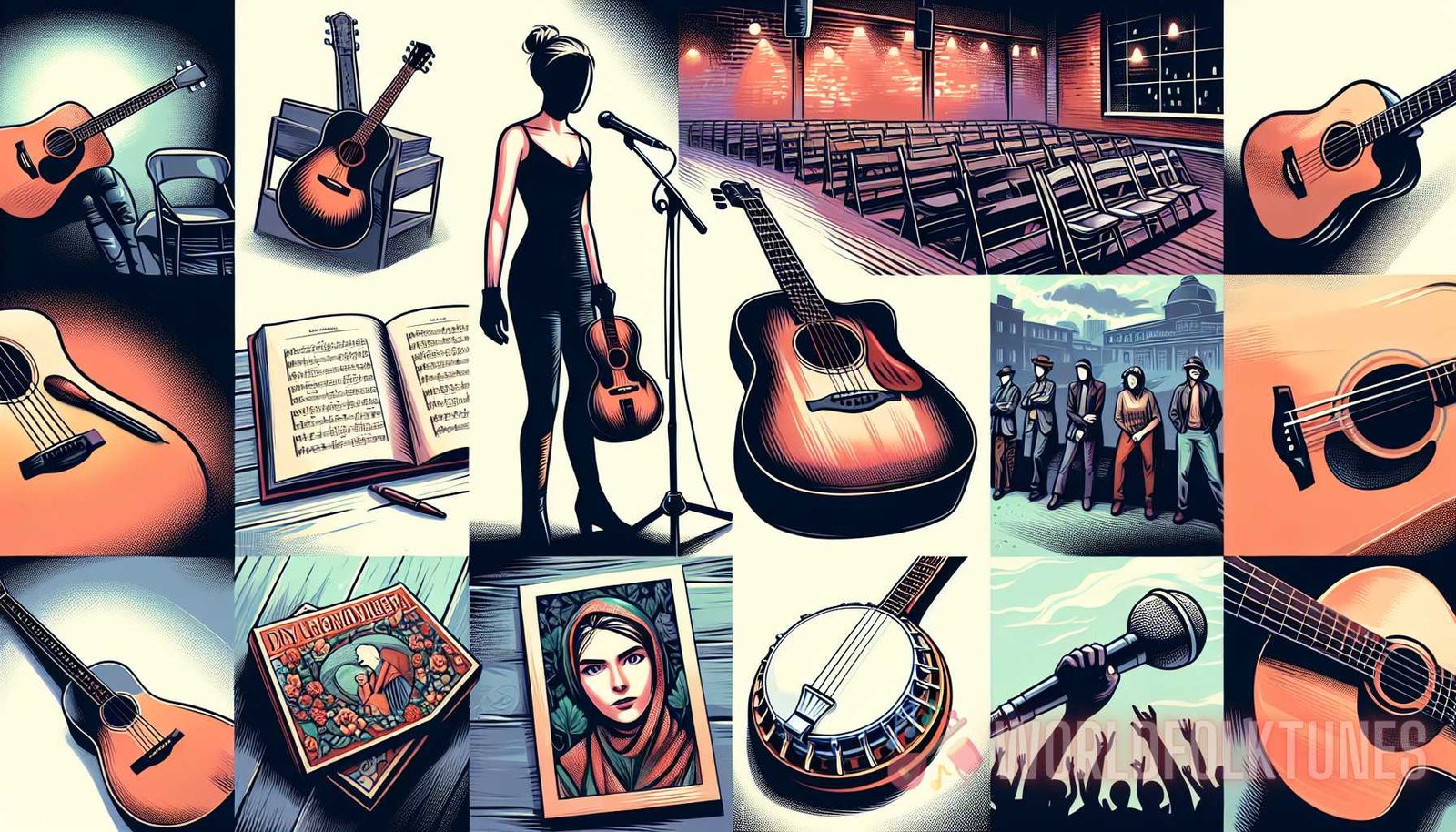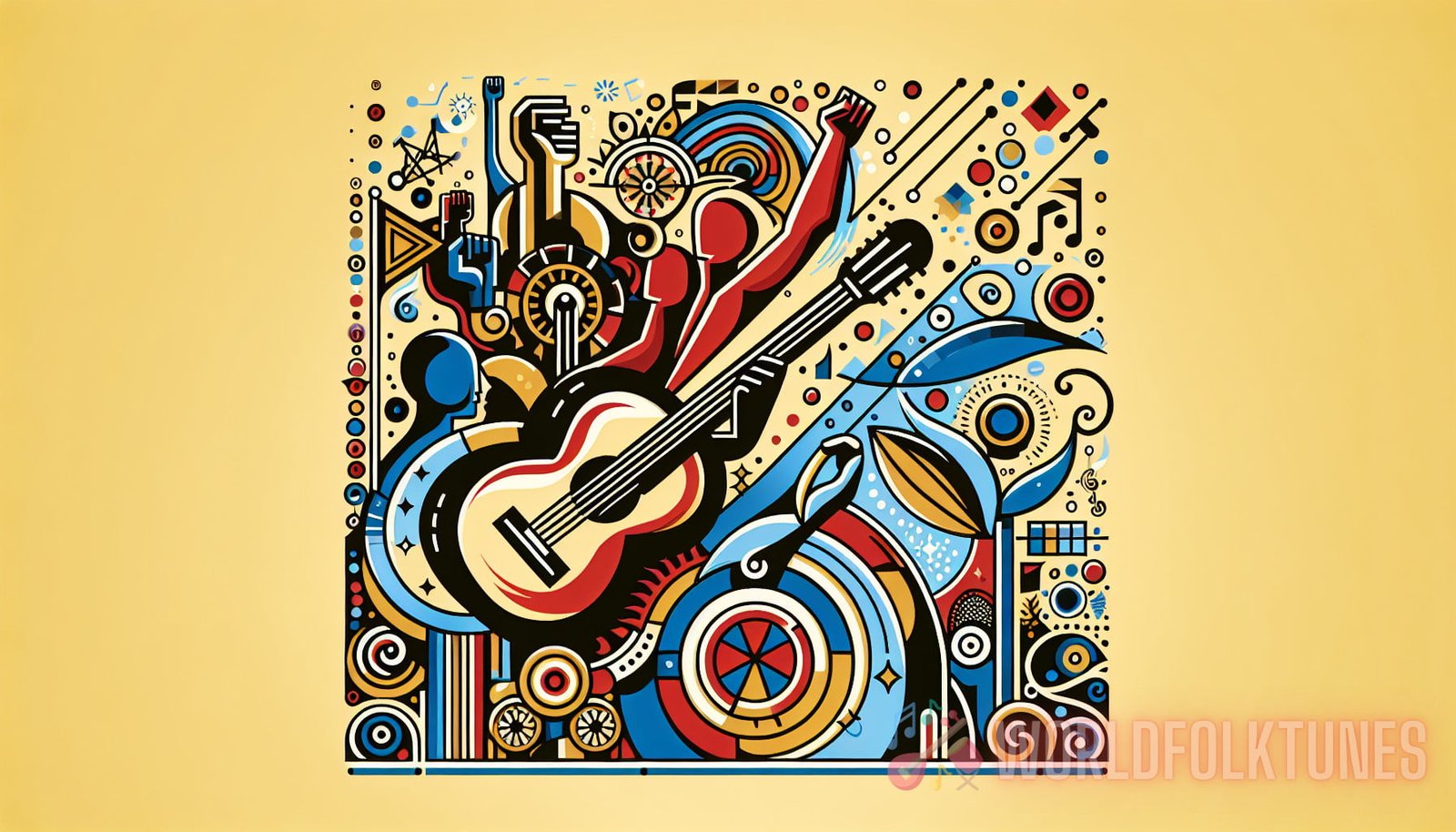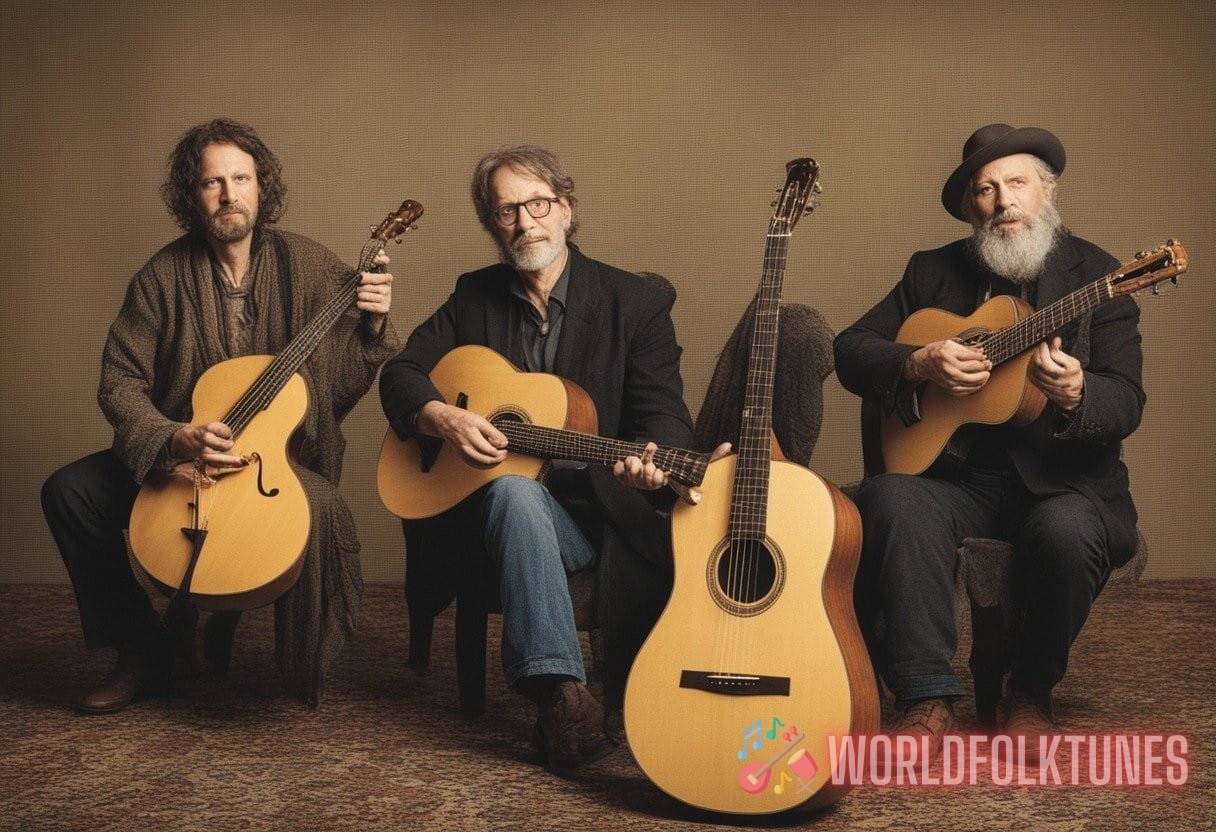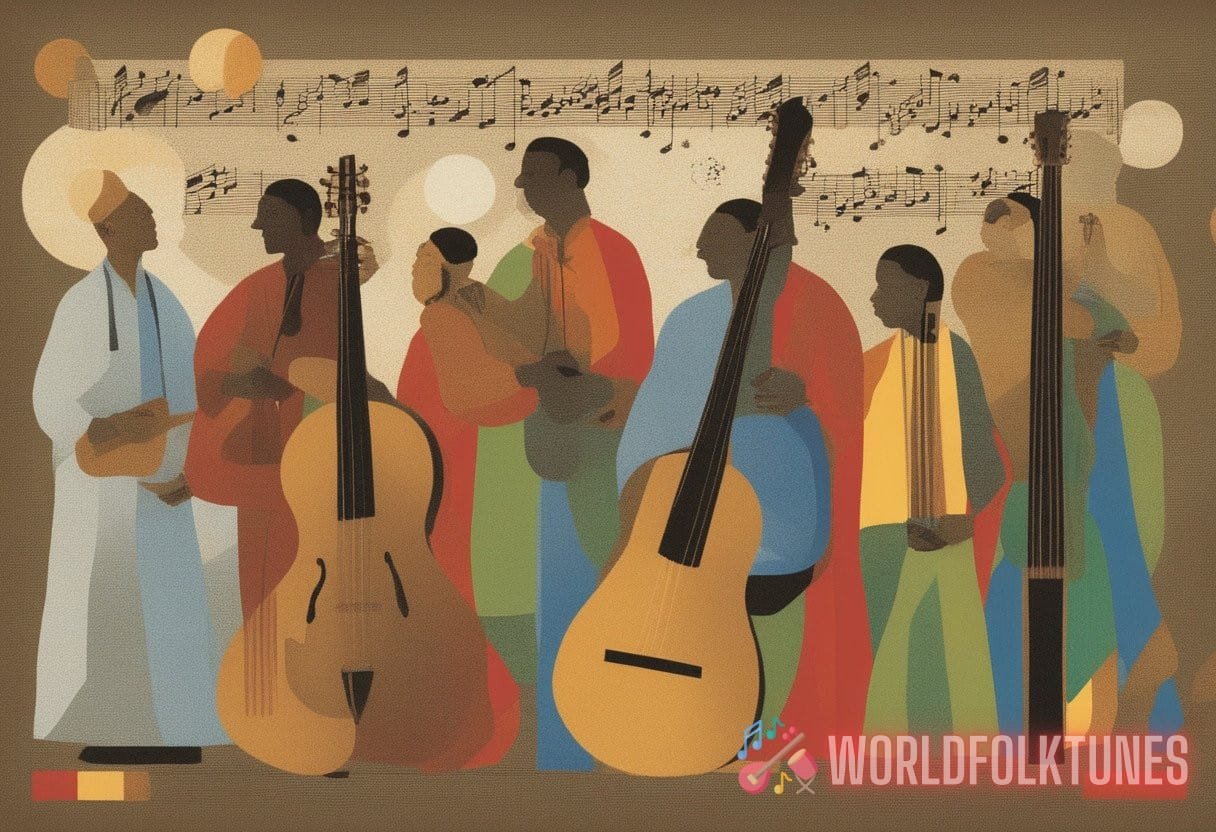From Tradition to Innovation: Unraveling the Revolutionary Spirit of Contemporary Folk Artists
Introduction
Folk music has always been an expression of cultural identity, passed down from generation to generation. In recent years, however, a folk revolution has taken place, as contemporary folk artists have emerged to challenge traditional boundaries and push the genre into new and innovative territory. In this guide, we will explore the revolutionary spirit of these artists, their influences, and the impact they have had on the folk music landscape.
What is Contemporary Folk Music?
Contemporary folk music is a genre that combines elements of traditional folk with modern influences, creating a unique and innovative sound. This blending of traditional and contemporary styles has resulted in a renewed interest in folk music and a revitalization of the genre.
Contemporary folk artists draw inspiration from a variety of sources, including traditional folk songs, social issues, personal experiences, and even other genres such as rock, pop, and indie. They use a wide range of instruments, from acoustic guitars and banjos to electric guitars and synthesizers, creating a rich and diverse sonic palette.
What sets contemporary folk music apart is its emphasis on storytelling. Artists often use their music to tell personal stories and address important social and political issues, giving a voice to marginalized communities and shining a light on injustice.
The Folk Revival: A Catalyst for Change
The folk revival of the 1960s played a significant role in inspiring the folk revolution we see today. Artists like Bob Dylan, Joan Baez, and Pete Seeger were at the forefront of this movement, using their music to protest war, advocate for civil rights, and promote social change.
This era marked a shift in folk music’s focus, as artists began to express their own thoughts and experiences through their songwriting. This personal and introspective approach paved the way for the emergence of contemporary folk artists, who continue to carry the torch of the folk revolution.

The Pioneers of the Contemporary Folk Movement
One of the most influential figures in the contemporary folk movement is singer-songwriter Ani DiFranco. DiFranco’s fiercely independent approach to music and her powerful lyrics have made her a role model for many aspiring folk artists.
Award-winning songwriter and multi-instrumentalist Rhiannon Giddens is another key figure in the contemporary folk scene. Giddens explores the African American roots of folk music, uncovering forgotten traditions and giving voice to the stories of marginalized communities.
Other notable pioneers of the contemporary folk movement include Laura Marling, Fleet Foxes, and Iron & Wine. These artists have all contributed to the genre’s evolution by blending traditional folk elements with modern innovation.
Contemporary Folk Artists: Breaking Boundaries
Contemporary folk artists are known for their ability to merge old and new, combining traditional folk melodies and storytelling with innovative production techniques and modern instrumentation.
One example of this boundary-breaking approach is the use of electronic beats and synthesizers in folk music. Artists like Bon Iver and Sufjan Stevens have incorporated electronic elements into their music, creating a unique fusion of folk and electronic music.
Another trend among contemporary folk artists is the blending of different musical styles. The Tallest Man on Earth, for instance, incorporates elements of indie rock into his folk sound, while The Staves bring a touch of pop sensibility to their acoustic-driven music.
Listed below are some contemporary folk artists who have made significant contributions to the genre:
- An article about contemporary folk artists at www.worldfolktunes.space
- An article about the folk revival at www.worldfolktunes.space
- Location: write the article for a specific location
- Genre: folk
- Date of Origin: 1960s
- Main Instrument: acoustic guitar, banjo

| Artist | Location | Genre | Date of Origin | Main Instrument |
|---|---|---|---|---|
| Ani DiFranco | Buffalo, New York | Contemporary Folk | 1990s | Acoustic Guitar |
| Rhiannon Giddens | Greensboro, North Carolina | Contemporary Folk | 2000s | Banjo, Fiddle |
| Bon Iver | Eau Claire, Wisconsin | Contemporary Folk | 2000s | Acoustic Guitar, Synthesizer |
| Sufjan Stevens | Detroit, Michigan | Contemporary Folk | 2000s | Acoustic Guitar, Banjo, Piano |
The Impact of Contemporary Folk Music
The impact of contemporary folk music can be seen in both the music industry and society at large. In the music industry, these artists have brought a fresh perspective to folk music, attracting a new generation of fans and expanding the genre’s reach.
Contemporary folk artists have also played a role in shaping the cultural landscape by addressing important social and political issues through their music. They have given a voice to marginalized communities and shed light on topics such as environmentalism, LGBTQ+ rights, and racial inequality.
Not only have these artists brought attention to these issues, but they have also inspired others to use music as a means of activism and social change. Their powerful lyrics and heartfelt performances have sparked conversations and encouraged listeners to take action.
Conclusion
The folk revolution of contemporary folk artists has breathed new life into the genre, combining the traditional with the modern and pushing boundaries in ways that were previously unimaginable. Through their powerful storytelling and innovative approach, these artists have transformed folk music, giving it a relevance and impact that extends far beyond its traditional roots.
While honoring the rich tradition of folk music, contemporary folk artists continue to be a driving force in the evolution of the genre, embracing new sounds, and using their music as a tool for social change. Their revolutionary spirit serves as an inspiration for future generations of folk artists, ensuring that the genre will continue to evolve and remain relevant for years to come.



